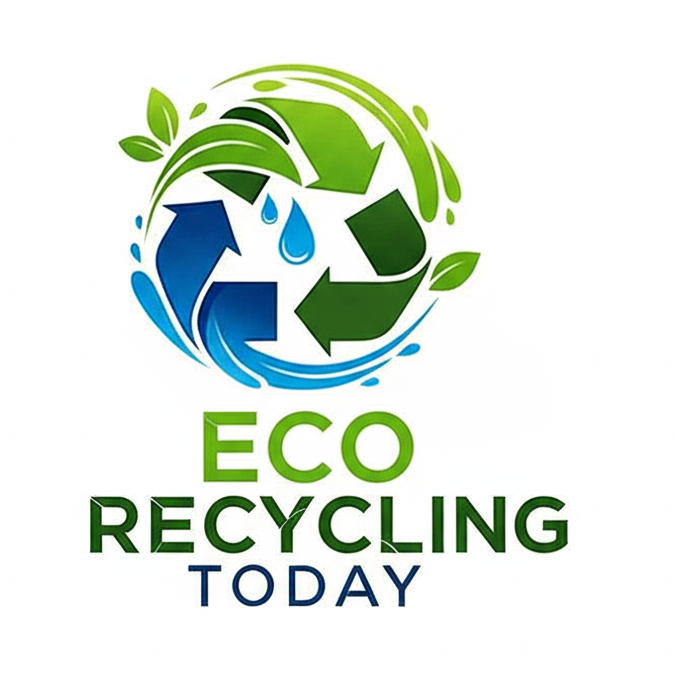Light bulbs are used in almost every home, office, and factory. But when they burn out, tossing them into the trash can be harmful—especially for bulbs that contain mercury or other hazardous substances. Thanks to advanced light bulb recycling technology, we can now safely dismantle, clean, and reuse materials from different types of bulbs, reducing waste and environmental risk.
Why Light Bulb Recycling Matters
Some light bulbs, especially fluorescent tubes and CFLs, contain mercury, a toxic substance that can contaminate air, water, and soil if not handled properly. Recycling light bulbs:
- Prevents mercury pollution
- Recovers valuable materials like glass, aluminum, and phosphor
- Reduces landfill waste
- Complies with environmental regulations (e.g., WEEE, EPA guidelines)
Types of Light Bulbs That Can Be Recycled
Fluorescent Tubes
- Common in offices and industrial spaces
- Contain mercury and phosphor powder
- equire specialized recycling equipment
CFLs (Compact Fluorescent Lamps)
- Contain small amounts of mercury
- Often used in residential lighting
LED Bulbs
- Do not contain mercury
- Contain electronic components and rare metals like gallium and indium
Incandescent and Halogen Bulbs
- Typically contain glass and metal
- Not hazardous but less efficient to recycle
Light Bulb Recycling Process
1. Collection and Transport
Bulbs are collected at:
- Recycling drop-off points
- Retailer take-back programs
- Commercial e-waste services
- Municipal recycling centers
Special containers prevent breakage and mercury release during transport.
2. Crushing and Separation
Bulbs are fed into sealed crushing machines that:
- Break them into small pieces
- Use filters to capture mercury vapor and phosphor dust
- Separate materials like glass, aluminum end caps, and plastic
Machines like the Bulb Eater® are commonly used for fluorescent and CFL recycling.
3. Mercury Recovery
Mercury is extracted from crushed phosphor powder using:
- Distillation or retort systems that heat the powder to vaporize mercury
- Mercury is condensed and purified for reuse in new bulbs or industrial applications
4. Material Sorting and Reuse
Recovered components are processed as follows:
- Glass is cleaned and reused in fiberglass, tiles, or new bulbs
- Aluminum and other metals are melted down for manufacturing
- LED chips and circuits may be dismantled and refined for rare metals
Some advanced systems even use AI and robotics to sort LED parts more efficiently.
Benefits of Light Bulb Recycling Technology
- Prevents Toxic Waste: Captures mercury and prevents environmental contamination
- Reduces Raw Material Demand: Recovered glass, metals, and semiconductors are reused
- Improves Workplace Safety: Prevents mercury exposure in landfills and incinerators
- Supports a Circular Economy: Materials re-enter the manufacturing cycle
- Meets Legal Requirements: Complies with WEEE, EPA, and local disposal laws
Innovations in Light Bulb Recycling
- Fully enclosed bulb crushers with HEPA and carbon filters for air safety
- Automated LED dismantling for precise recovery of semiconductors
- Advanced mercury distillation units with >99% recovery efficiency
- Blockchain tracking systems for mercury content and recycling traceability
How to Recycle Light Bulbs Responsibly
- Use certified e-waste or hazardous waste centers
- Return to retailers that offer bulb recycling (e.g., IKEA, Home Depot)
- Never throw fluorescent or CFL bulbs in regular trash
- Label and store used bulbs carefully if handling in bulk (e.g., businesses or schools)
Light bulb recycling technology has come a long way—from basic crushing systems to high-tech, mercury-safe processing. By properly recycling old bulbs, we protect the environment, recover valuable materials, and contribute to a more sustainable lighting industry. Don't let your old bulbs go to waste—recycle them the smart way.
